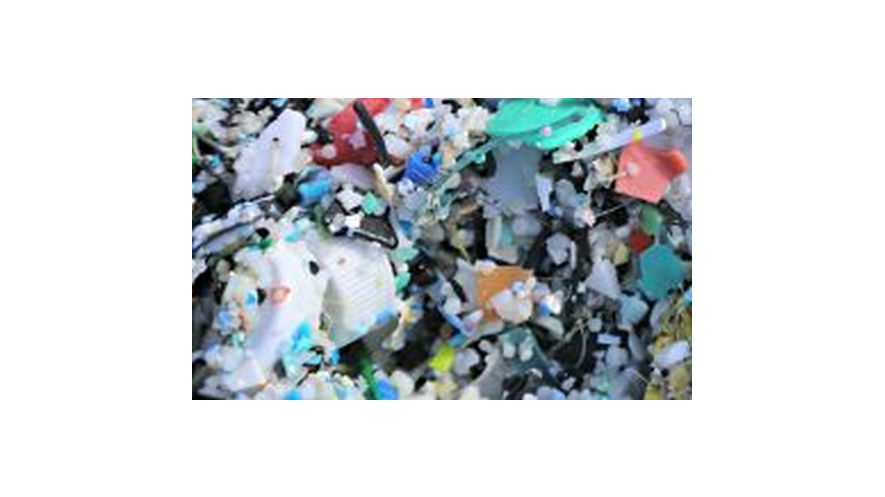By Captain Charles Moore, founder of Algalita Marine Research and Education
We live in the age of plastic. Every year we make plastic stuff in amounts that equal the weight of the entire human population, and enough of it is thrown away to circle the Earth four times. More than five trillion plastic pieces, altogether weighing more than 250,000 tons, are floating at sea. We have polluted our oceans with plastic to the point where we have created five enormous accumulation zones, sometimes referred to as garbage patches. The largest is a floating mass of plastic twice the size of Texas, known as the Great Pacific Garbage Patch.
In 1999, the plastic pieces in this area outnumbered sea life six-to-one. The ratio is now much higher. Although reducing your plastic use may not be the first thing that comes to mind when you think about back-to-school, it’s an important issue, both for the health of our environment and for the health of our children.
Algalita Marine Research and Education’s mission is to draw back the “plastic curtain” of ignorance about the material that defines our age and to expose some of the negative effects of plastic pollution. EWG has helped in this effort by exposing some of the ways that plastics affect our own and our children’s health.
As back-to-school approaches, here are some tips to keep plastics out of lunches and school supplies. It might seem like another burdensome chore, but reducing your plastic consumption can actually be done easily, and it must be a priority.
You find plastics in lunch boxes, food containers and beverage bottles.
Instead of using plastic bags or your average plasticized lunch box, choose great alternatives such as cotton, hemp or wool lunch bags, unpainted stainless steel boxes or recyclable paper bags. If you go the route of a disposable, recyclable bag, make sure your child knows to throw it in the recycling bin and not in the trash. And be sure to replace those plastic forks, spoons and straws with reusable stainless steel or bamboo-ware.
Pack food in reusable containers. Try to avoid plastic wherever possible. Use glass or stainless steel instead of plastic Tupperware. Instead of plastic wrap, use parchment paper or other reusable food wraps made with beeswax and tree resin. Instead of a plastic water bottle, whether reusable or disposable, choose a bottle made of glass, BPA-free aluminum or stainless steel.
There are ways to avoid plastics beyond the lunchroom, because most school supplies are made of plastic, too.
Choose a wooden pencil, without paint or a glossy coating, instead of a plastic one. Buy notebooks and binders made from recycled cardboard or natural fibers, instead of ones covered with plastic, which is typically made from toxic PVCs. Following these suggestions will both help to reduce plastic waste and pollution as well as protect your child from toxins.
Changing just a few of your habits can make a big difference in the health of your family and the environment. Keep plastic out of your child’s lunchbox, backpack and desk to keep your kids healthy and the land and ocean around you safe from pollution by vagrant plastics. Check out EWG's Back-to-School Guide here.





